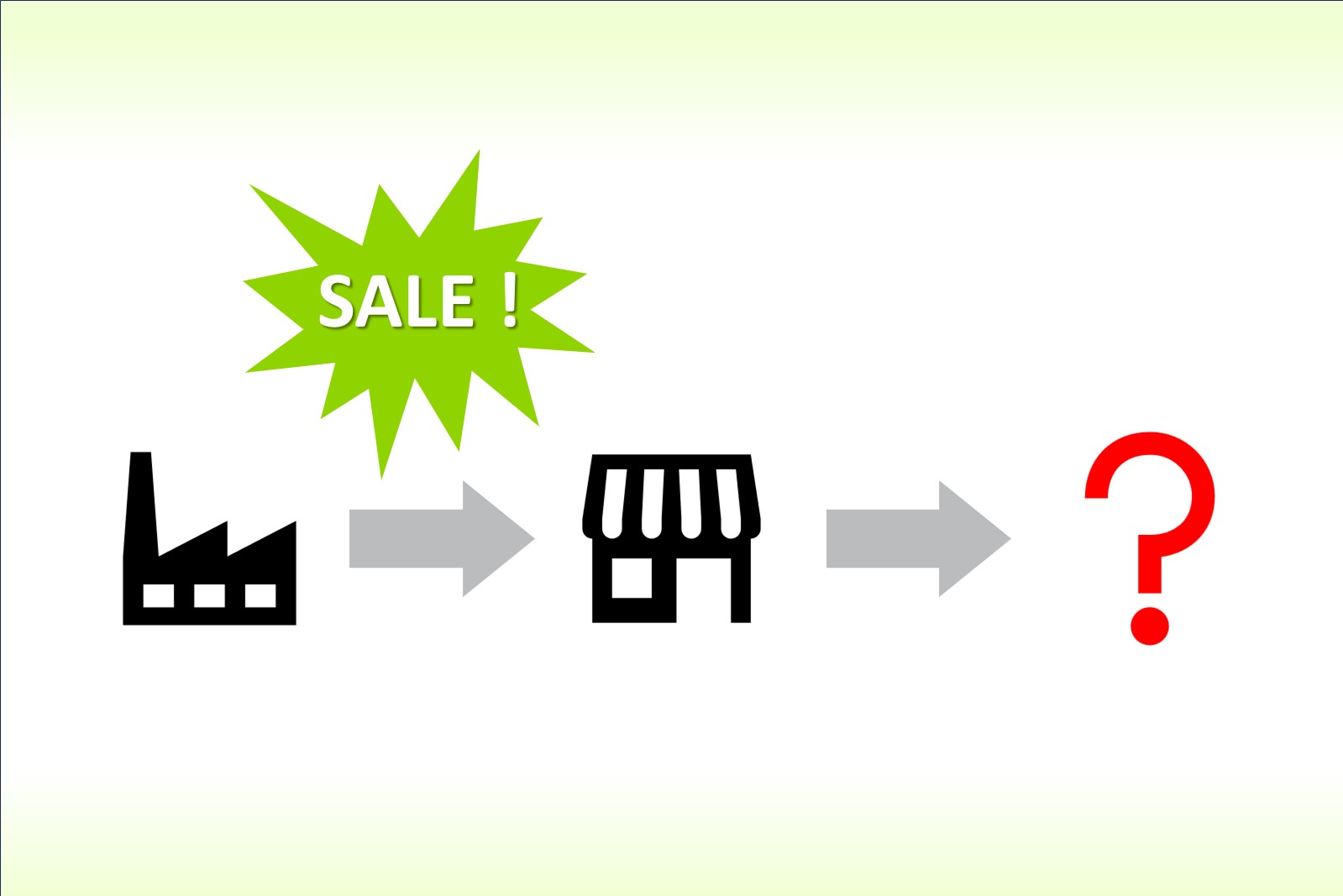
In 2022, frozen foods were named the "dish of the year" by...
In Japan, the frozen food category has been one of the most dynamically growing segments in the food and beverages industry for a few years. What is more, the trend is projected to grow further in the upcoming years too.
Over the past couple of years, you may have noticed that there are more and more freezers in Japanese retail outlets such as convenience stores and supermarkets, and that the number and quality of frozen food offerings has also increased.
A major Japanese food industry award has also confirmed this trend. In 2022, frozen foods were named the "dish of the year" by Gurunavi Research Institute. The purpose of this award is to preserve, protect, and pass along Japan's distinctive cuisine that reflects its culture. The item that wins the prize symbolizes the state of the world in that year. (Source: Gurunavi Research Institute Inc.)
While Covid restrictions were definitely a significant tailwind for frozen food demand, the supply side has also seen several recent developments that have contributed to the current trend in the frozen food category.
In recent years, frozen food has evolved into a competitive industry. For many years, individual quick freezing (IQF) technology have been around to produce frozen vegetables. If the freezing process starts within a few hours after harvesting, the fruits or vegetables retain more nutrients than fresh raw vegetables that you can buy in the local grocery store. Blast freezing and liquid freezing technologies make it possible to accelerate the freezing process. They can be applied to a broader range of foods than traditional IQF technologies, even to ready-to-eat items such as sushi or cakes.
Carrying fresh food across large distances has always been a problem. Frozen food, however, can be transported for longer while maintaining the quality and nutritional content. As a result, more food can be moved to large distances, improving food supply chains and increasing the availability of food items to consumers globally.
Inventory management and food waste are two of the biggest problems in the fast-moving consumer goods (FMCG) industry. Frozen food items have long shelf lives; therefore, this helps improve both inventory management and mitigate food loss problems. Fresh food needs frequent inspections and repackaging. With freezing technologies at work, the above processes can be done at the factory with precision and higher efficiency.
If you are in the food manufacturing business and your products can be frozen, you should consider selling in the Japanese market.
Until recently, frozen food typically meant ingredients you could buy to cook at home. With the technologies mentioned above, ready-to-eat food items can be frozen at a level of quality where they cannot be easily distinguished from freshly made food, which can pave the way to a growing trend in this subcategory.
The shift toward ready-to-eat items requires a better understanding of local consumer habits. Localization is critical to satisfying local demand. Therefore, if you are considering selling packaged frozen food products to overseas markets such as Japan, it is beneficial to look into local trends of consumer demand when you start developing new products.
Since this trend is only in its initial phase now, we can expect more challenges in the coming years.

5-year import data (2020–2024) reveal Japan’s fast-growing drink categories and 2026 outlook.

Business development tactics to help import F&B brands in Japan prepare for and grow beyond entry.

Why sales fails in Japan – and why business development is key for import F&B brands.